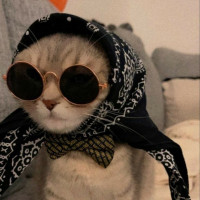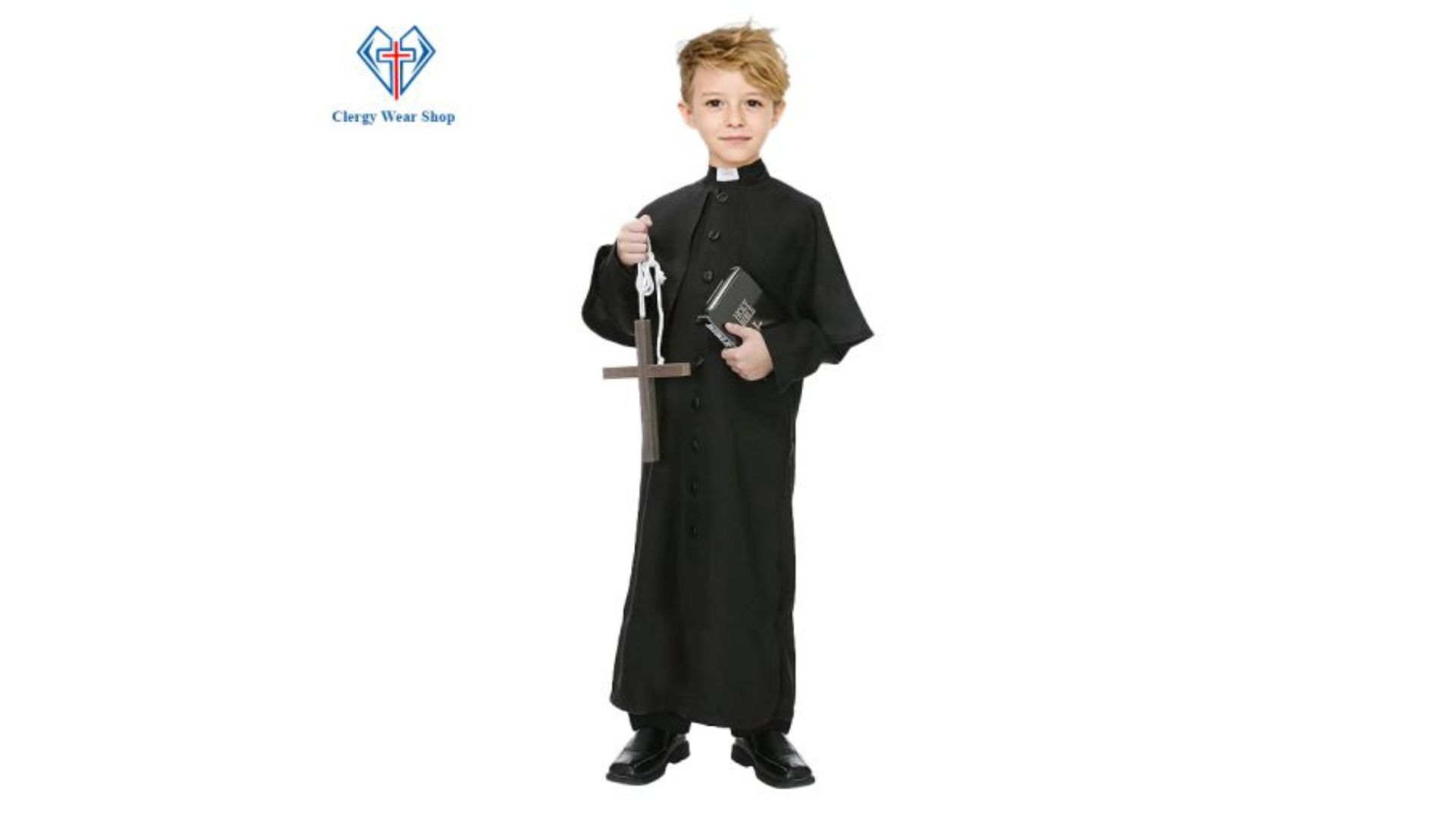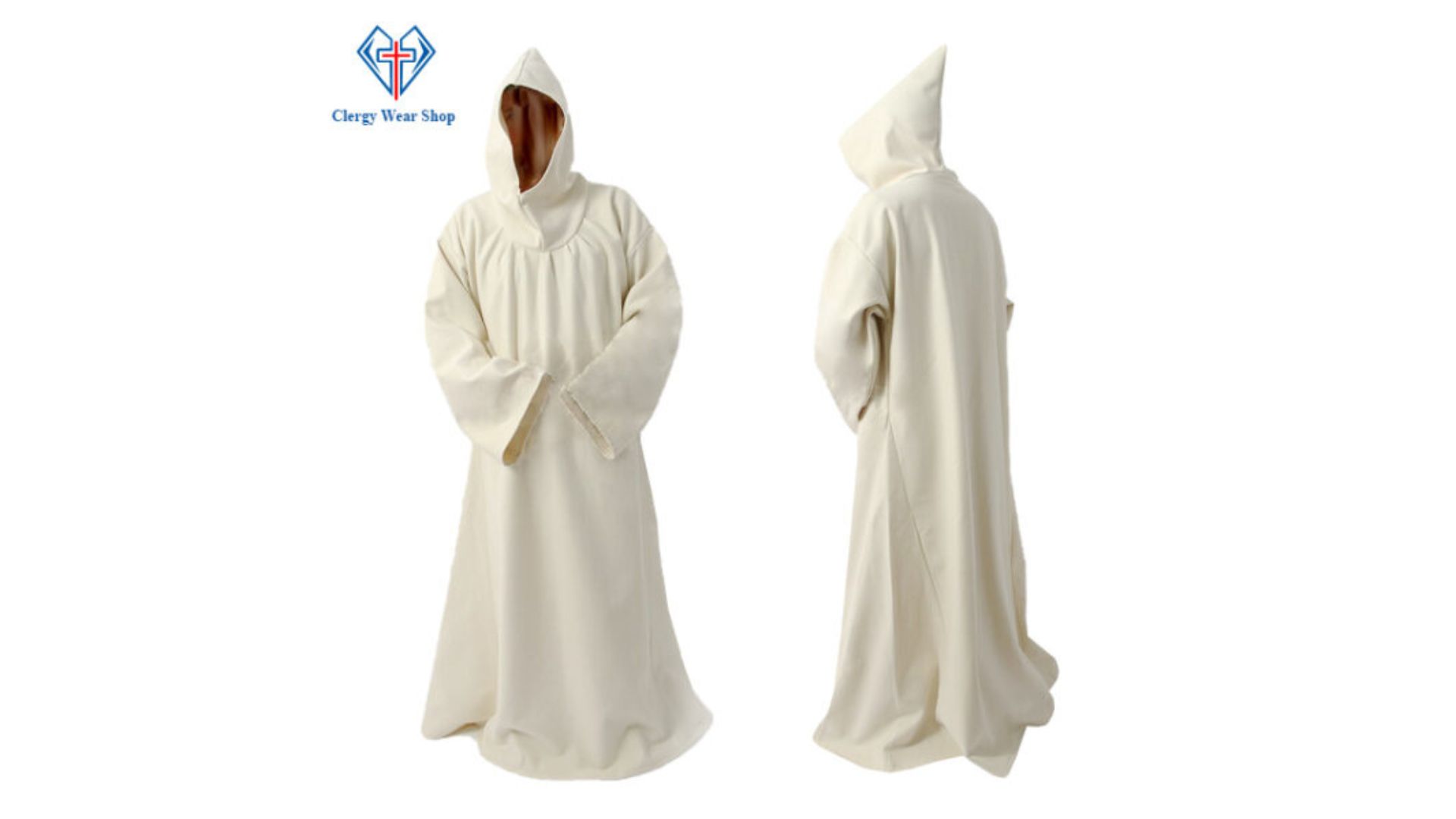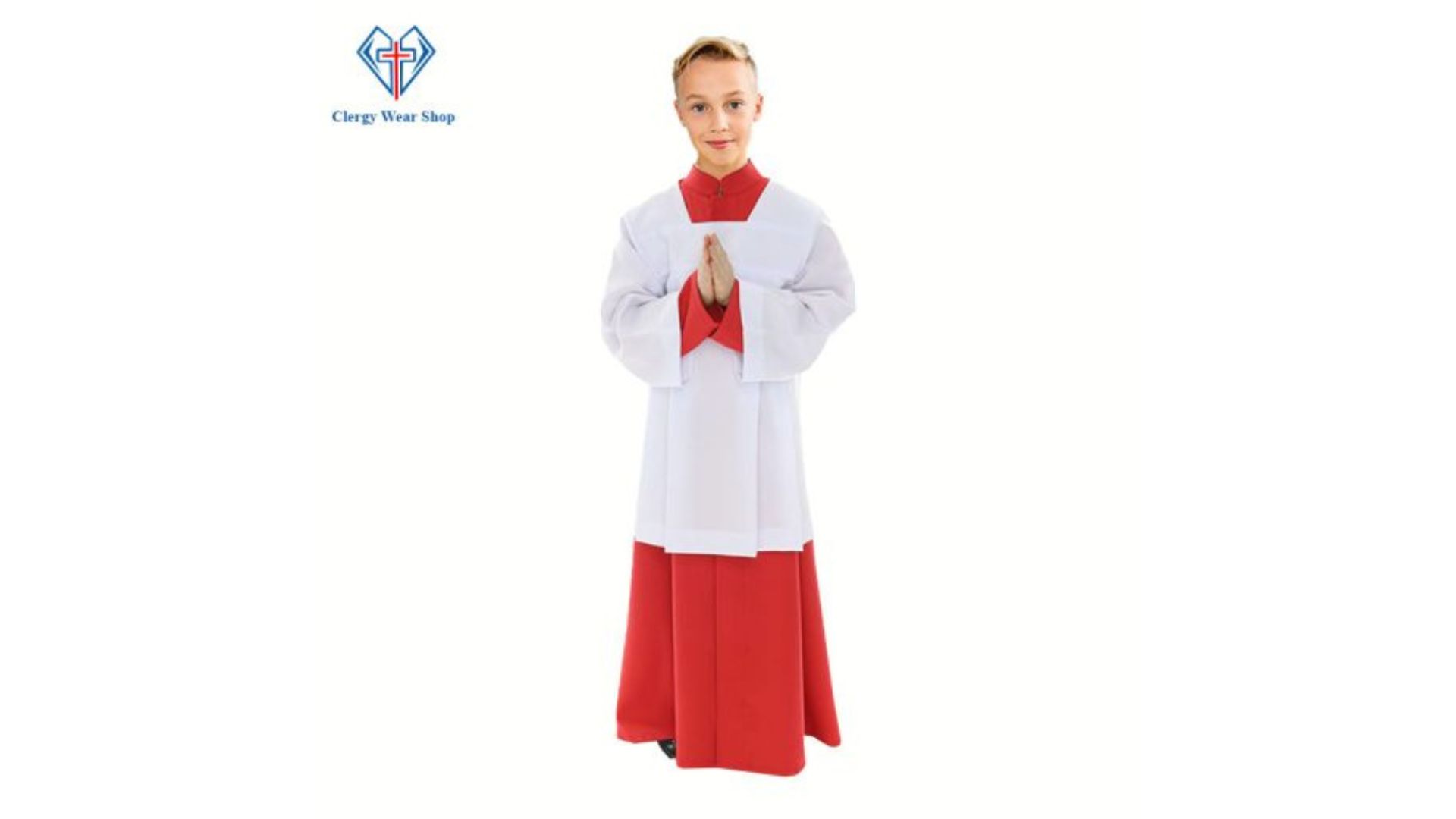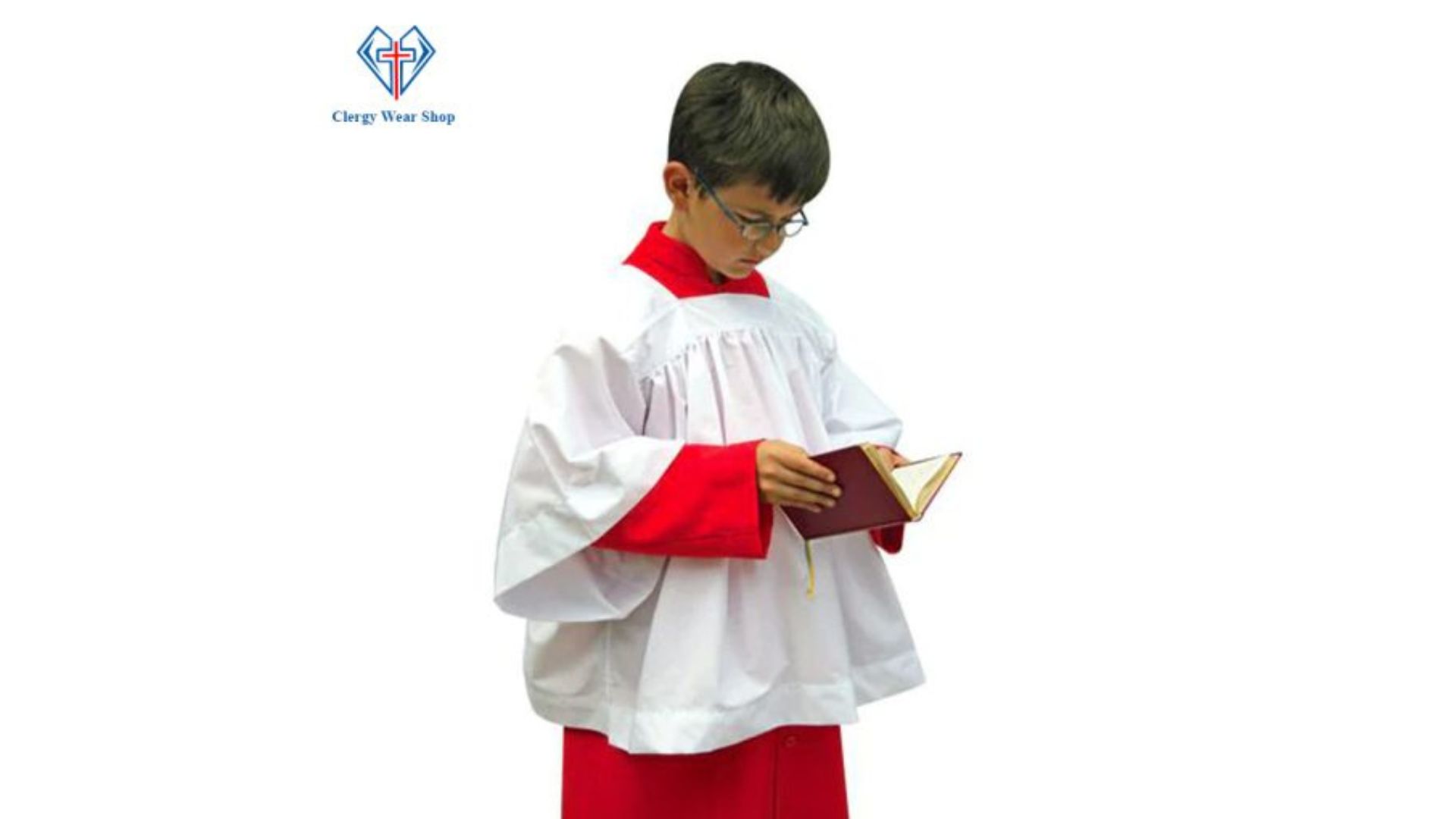Explore the Lifestyle Reflected in Medieval Monk Robes
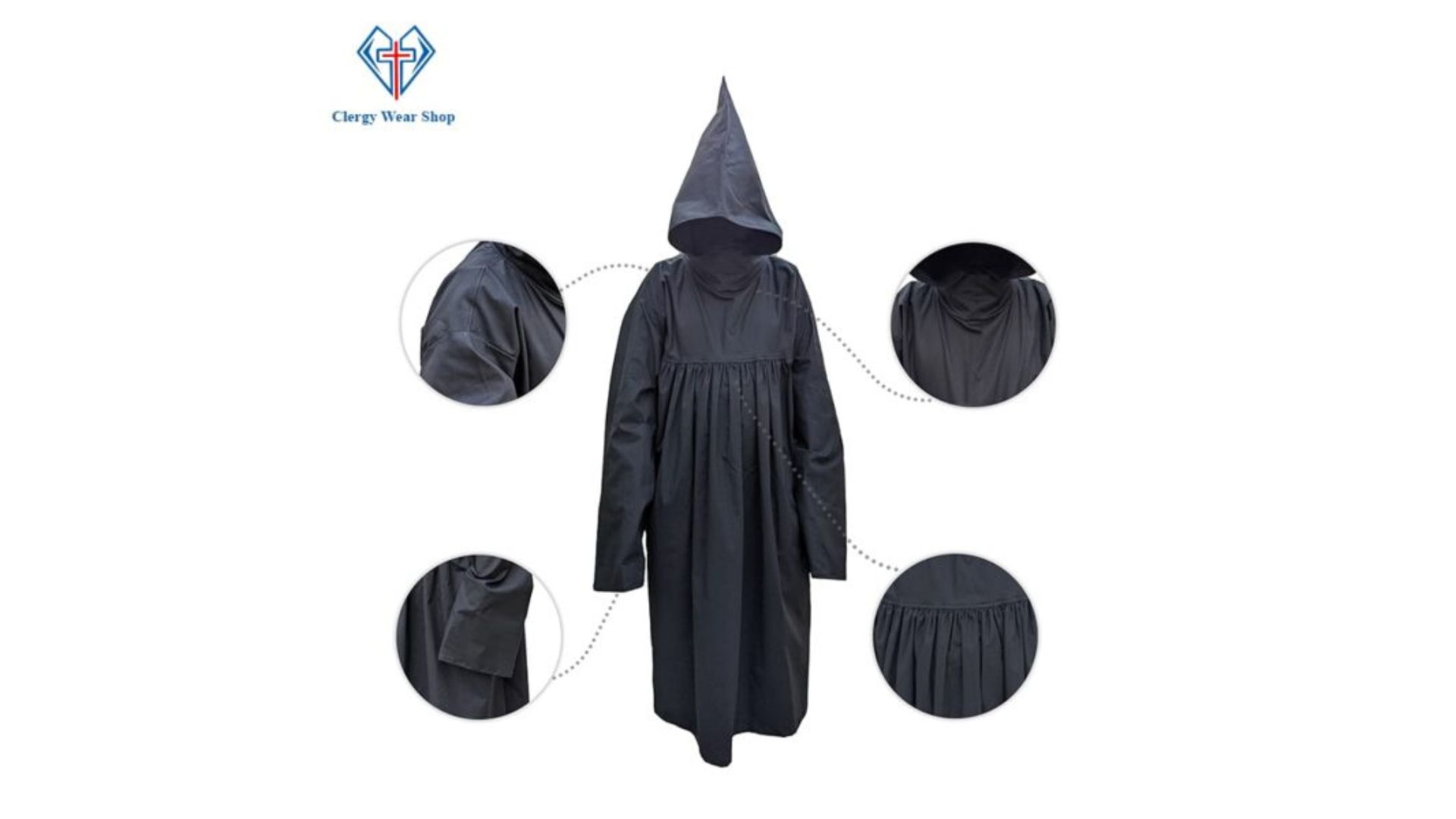
Strong8k brings an ultra-HD IPTV experience to your living room and your pocket.
Medieval monk attire is more than just historical clothing—it represents devotion, humility, and simplicity. Worn by monks during the Middle Ages, these traditional robes reflected their vows of poverty and a life centered on prayer. The design of medieval monk robes has remained iconic over the centuries, continuing to influence religious garments and even modern pop culture. Whether for reenactments, sacred ceremonies, or spiritual symbolism, these robes still captivate people around the world.
Sacred Threads
Monk robes weren’t just about aesthetics—they were deeply symbolic. The simple, hooded robes represented the monk’s separation from worldly desires and his commitment to God. Crafted from coarse wool or raw cotton, the garments were intentionally plain. This humility was central to monastic life, especially within the Benedictine, Franciscan, and Cistercian orders. Every thread woven into these garments told a story of spiritual dedication and renunciation of luxury.
Fabric of Faith
Most medieval monk robes were made from natural, uncolored fibers like wool or undyed cotton. The fabric was rough and simple—designed to reflect a life of penance. Wool was most common in Europe due to its availability and durability. Some monks, especially in warmer regions, used raw cotton or linen. These fabrics were chosen not for comfort, but to remind the wearer of their vow to reject materialism and worldly indulgence.
Hoods, Ropes & Sandals
The classic look of a medieval monk robe includes a long tunic-style robe, a cowl (hooded cloak), a rope belt (called a cincture), and sandals. The hood symbolized withdrawal from society, while the rope belt often held a rosary or prayer beads. The overall appearance was both functional and symbolic. These robes were not tailored for fashion—they were designed to withstand daily rituals and symbolize a higher spiritual mission.
Different Orders, Different Styles
Not all monk robes looked the same. Each monastic order had its own distinct variation. Benedictines typically wore black robes, symbolizing humility. Franciscans wore brown robes made from raw, unrefined fabric, symbolizing a close connection to the Earth. Cistercians often wore white, reflecting purity. The differences in color and detail helped identify a monk’s order and principles. These subtle distinctions still hold meaning in modern religious garments.
Life in the Cloisters
Medieval monks led lives centered on prayer, study, and manual labor. Their robes were worn every day—from silent meditation in chapels to working in monastery gardens. The garments were sturdy and practical, protecting them from the elements. They also served as a daily reminder of their spiritual duties. Unlike today’s fashion cycles, a monk could wear the same robe for years, mending it with patches rather than replacing it.
From Abbeys to Hollywood
Medieval monk robes have made their way into films, TV shows, and cosplay. From “The Name of the Rose” to “Star Wars” (where Jedi robes mimic monastic attire), these garments symbolize wisdom, mystery, and spiritual power. Costume designers often draw inspiration from historical robes to create timeless and impactful characters. Whether on-screen or at renaissance fairs, monk robes remain a recognizable and iconic costume with layers of meaning.
Where You Can Buy Medieval Monk Robes
Looking to own your own medieval monk robe? Clergywearshop offers beautifully crafted, raw cotton monk robes inspired by traditional monastic garments. Whether you're seeking authenticity for a reenactment, a spiritual retreat, or ceremonial use, our robes are handmade with care and attention to detail. With a focus on quality and tradition, Clergywearshop provides robes that echo the simplicity and spirit of medieval monastic life. Shop now and embrace the past!
More Than Just a Costume
Today, monk robes are used not just for costume or reenactment, but as part of spiritual practices. Many people adopt simplified robes for meditation, retreats, or minimalist lifestyles. The robe’s design—modest and comfortable—helps eliminate distractions and cultivate a sense of inner calm. Some spiritual communities and interfaith groups use robes inspired by medieval monks to symbolize unity, humility, and devotion across different belief systems.
How to Care for Your Monk Robe Like a True Brother
While medieval monks probably hand-washed their robes in cold streams, today you can care for yours more easily. Use gentle detergent and cold water to preserve the natural fabric, especially if your robe is made from raw cotton. Avoid bleach or fabric softeners. Air dry whenever possible to maintain its natural texture. Taking care of your robe not only ensures longevity but also reflects respect for the traditions it represents.
Conclusion
Medieval monk robes are more than garments—they’re wearable history. They represent a life of simplicity, devotion, and purpose. Whether you're exploring your spirituality, portraying a monk in a play, or just fascinated by medieval life, wearing a monk robe connects you to centuries of tradition. And thanks to shops like Clergywearshop, you can now step into the past with garments that carry the soul of the old world into the present.
Note: IndiBlogHub features both user-submitted and editorial content. We do not verify third-party contributions. Read our Disclaimer and Privacy Policyfor details.

